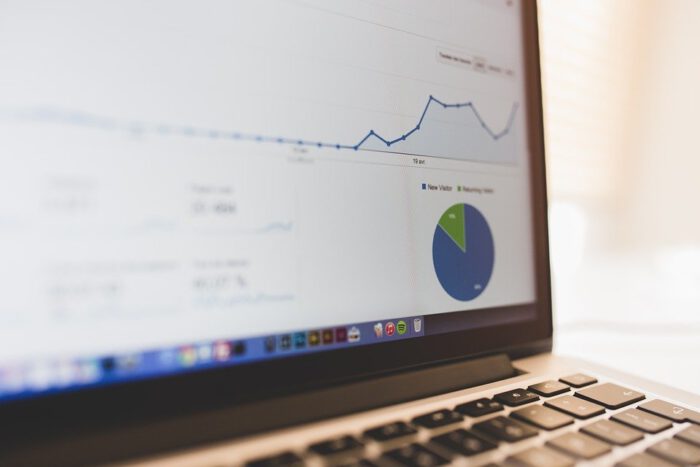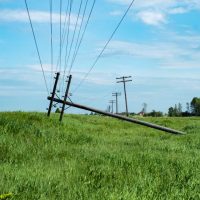 Speed up Windows 10 laptop
Speed up Windows 10 laptopHello everyone, on this article you will learn some quick steps on how to speed up your Windows 10 devices without much hustle and with proven data and strategies gathered from around the web.
Because Windows 10 is a relatively new operating platform, it appears that it is suffering from a series of user problems. Forbes recently announced how Windows 10 is still a free upgrade for the millions of Windows 7 users and how the OS consistently undergoes free updates — but the bad news is that new updates often come with many bugs. For instance, Windows 10 users often share anecdotes about audio not working, gaming incompatibility, blue screen crashes, and driver issues.
Among the list of most common complaints is slow and laggy performance, causing frustration among many users. HP lists 5 reasons why your Windows 10 computer may be functioning slower than usual: having a full hard drive, malware, too little RAM, or running too many programs at the same time. To help you out, here are some tips on how to speed up your computer’s performance if you’re running on Windows 10:
Steps to speed up your Windows 10
1. Reduce the number of programs that open as your computer starts
If you’ve got a brand new computer and you don’t know why Windows 10 is operating at frustratingly slow speeds, The National Interest suggests trying this trick. Booting up your PC can be a time-consuming process due to the many pieces of software that start as soon as your computer turns on. Some of this software just runs uselessly in the background, while others may be tracking your usage and could even include spyware. To stop these programs from loading, go the bottom left corner in the search box of Windows 10 and type in “Task Manager” and click on the tab that says “Startup”. The screen will show a list of programs, and you can disable everything except your virus scanner. Just right-click on the item and click disable — you can always undo this if you make a mistake and disable something you actually need.
2. Delete your old files and stay organized
On the other hand, if you’ve had your computer for a long time, your problem might be related to having too little storage space. If you have folders full of old downloads, documents, and mountains of old photos you don’t even look at, it’s a good idea to delete them or move them to an external hard drive. Depending on your level of organization, this might take a long time, but it will definitely make a difference in terms of operating speed.
3. Clear your cache of cookies
Kim Komando suggests routinely erasing temporary files like cookies in your cache, Whenever you use a browser to visit a website, it stores temporary information to help speed up loading on your next visit. However, these can add up and contribute to slow performance on Windows 10 computers. They recommend using software like CCleaner to routinely delete “browser cookies, trackers, internet history, download history, cache, and even individual session activity”.
4. Disable Windows 10 special effects
One perk of Windows 10 is that it comes with some special effects that are visually appealing. However, Business Insider states that these can slow down your PC if it’s an older model or has a slow CPU. You can turn off these effects by clicking “Start”, going to the Control Panel, clicking “System”, clicking “Advanced system settings”, then on that window click “Settings” and manually turn off special effects or click “Adjust for best performance” depending on your preference.
If you’ve already done all of the above and your Windows 10 computer seems to be functioning normally again, but you’re still experiencing problems with connecting to websites or logging into games, the problem might lie somewhere else! Our boss, Juniya Sankara, has some tips for fixing Wi-Fi problems on Windows 10, so feel free to give those a try next.
Discover more from Windows Mode
Subscribe to get the latest posts sent to your email.















